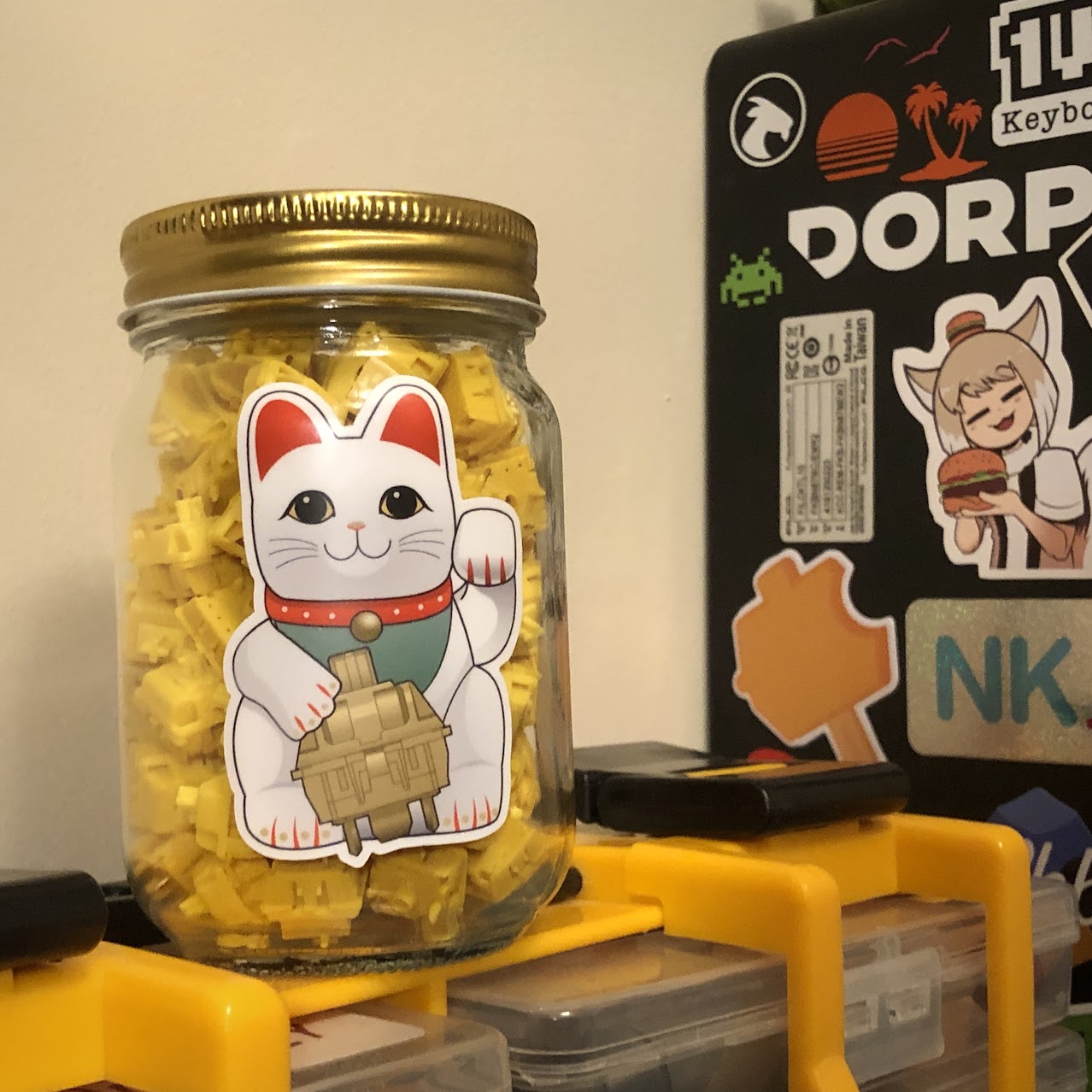Introduction:
Hello and welcome to another installment of Reddit Asks! I’d actually started this post quite some time ago, and then completely forgotten about it – so I won’t bother linking the now quite stale thread this question comes from – but I think it’s still a good question that’s crossed plenty of minds at this point:
Why buy multiple budget keyboards instead of one top-shelf premium one?
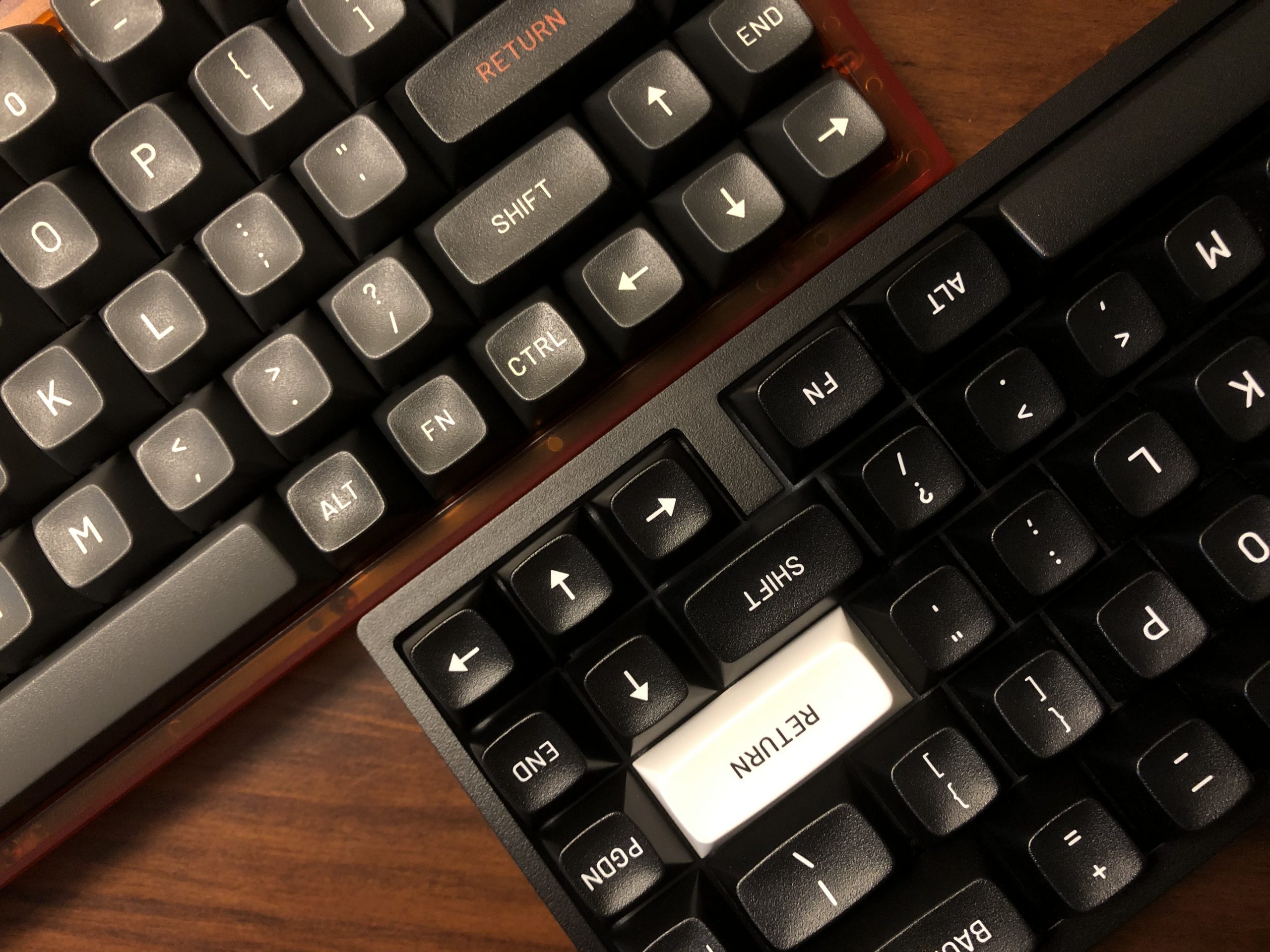
Two “entry level” titans: the Novelkeys NK65 Entry Edition & KBDfans KBD67 Lite, each topped with a set of MT3 profile keycaps.
TL;DR:
It’s like how there’s a bunch of different kinds of car people; some hunt-down the perfect specimen of their favorite rare or highly engineered chassis and build it into an apex machine. Others might be constantly buying and selling (or just buying) a bunch of different types of less expensive or older car, more interested in exploring the medium. It depends on priorities, preferences, and all that qualifying goodness.
In terms of my own experience, over the years I’ve picked up a couple “real” customs, but I go back to a few specific “budget” boards because they sound and feel either just better to my tastes, or at least good enough along with their lack of preciousness that I use them most of the time. I like a high-quality keeb, but I tend to like a highly-configurable one even more as my preferences basically change with my mood.
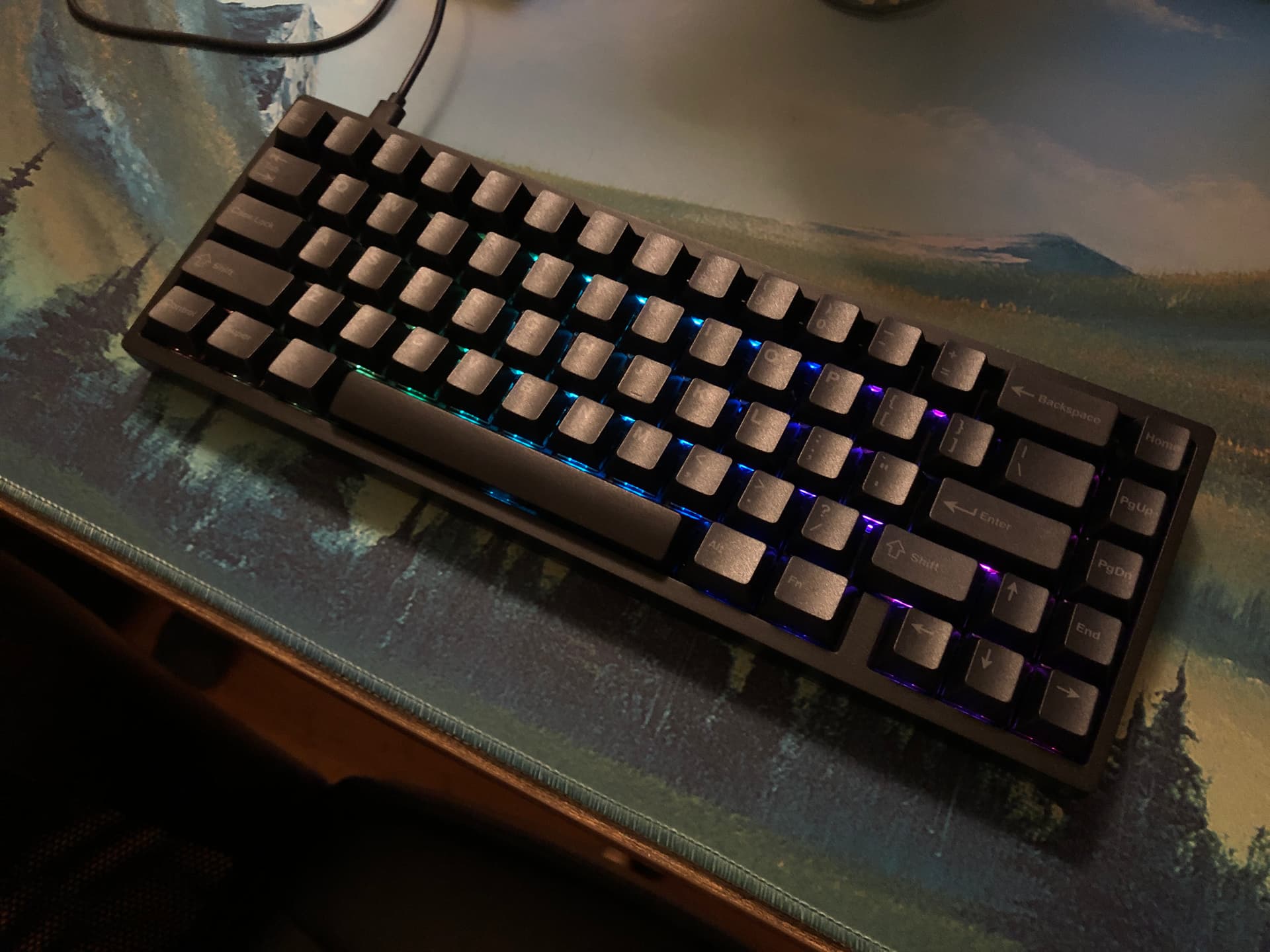
An example of a highly-configurable keyboard: the KBD67 Lite, here seen with a black case, Owlstabs, POM plate, JWICK semi-slents, and Novelkeys’ Cherry Charcoal keyset.
I’ve had more fun exploring a wide variety of configurations than I have with a given holy grail keyboard. I appreciate chassis with tons of aftermarket options like a bunch of plate or even case materials. For my personal priorities, luxury / high-end customs have at least one foot in the door of diminishing returns.
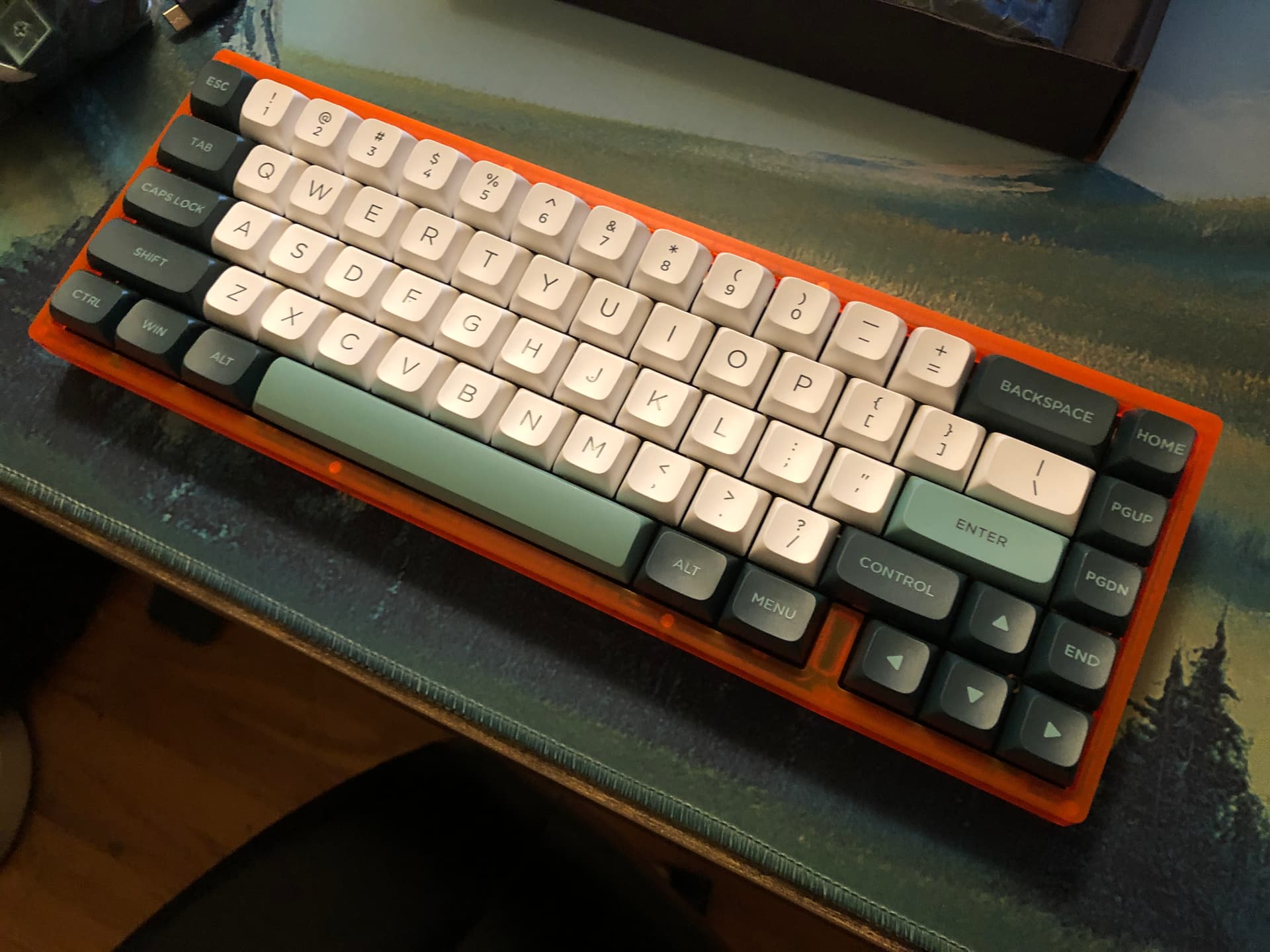
Here’s the very same keyboard, in a Ship-of-Theseus sort of way. It’s numerically the same PCB, switches, and stabilizers – but with an orange case, FR4 plate, and XVX profile keycaps.
Not unlike today’s inspirational OP, I’ve collected what most sane people would reasonably call a ridiculous amount of keyboards – and I like most of them at least a little bit. However – if I could only keep one, it wouldn’t be even in the top three most expensive, and barely in the realm of common custom prices – not unlike OP’s QK65.

It’s this one. If I could only have one keyboard from any I’ve had over the past decade, it would be this one: a(nother) KBD67 Lite with the YD67BLE bluetooth PCB. If any keyboard could rightly be called my daily driver, this is it. KBDfans calls this smoky grey case color “transparent”, and that’s GMK Prepress (what I do for a living) with TTC Silent Bluish Whites and Equalz V3 stabs underneath.
Aside from laying-out my general predilection towards this kind of keyboard, I can also tell you that the quality available in the budget sector has come a long way in the past few years.
I put budget in quotes up there in the intro paragraph because at this point there’s a truly wide spectrum of price and quality going on before you even brush the under-side of high-end customs. These days you can easily get a hot-swap wireless keyboard for $25, or a gasket mounted keyboard with a polycarb plate for less than $50. You can get some nicer commercial / mass-produced hobby ones with varying levels of options / aftermarket support in a range from $90-ish to $300+.
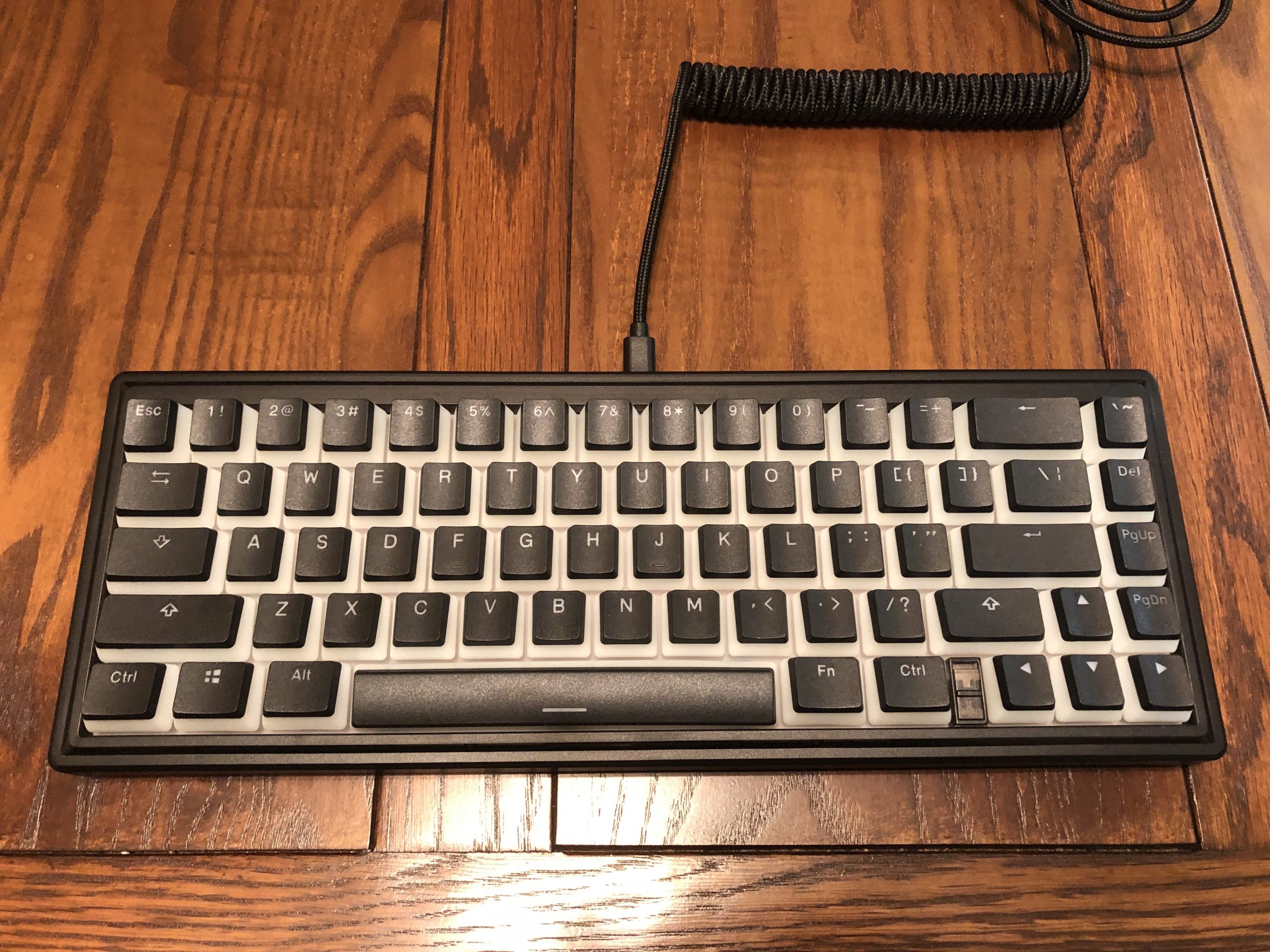
What I consider to be one of the true “budget hero” keyboards: the CIY GAS67. Just a few short years ago, “gasket mount with polycarb plate and dampening silicone” was limited to a scant few ultra-high-end pioneering customs. Now you can get one for less than the cost of a new video game – and you can go much cheaper if you don’t care about the buzzword features. If you’d like to know more about this keeb in general or the specific build as seen above, I have a full review and build guide of it here on the site.
All of that is vaguely referred to as entry-level / beginner, I’d say because pretty much none of that includes small-run / high-end machined pieces and rarely includes complicated builds. Some are pre-built, most are easy-mode hot-swap, plenty involve soldering switches (themselves easy mode of soldering), and a *few* involve soldering a large number of other components, mostly diodes.
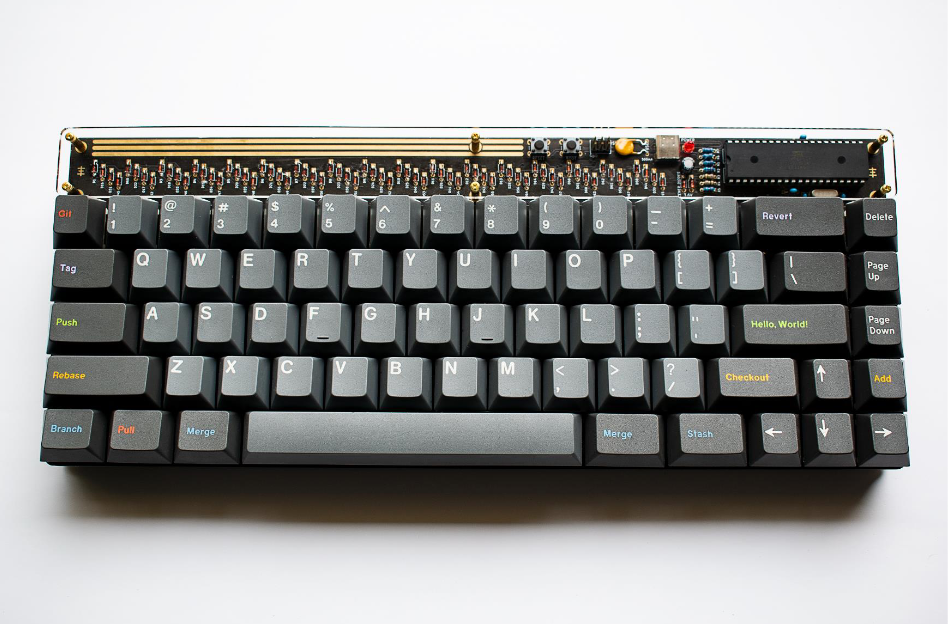
A fairly rare example of a very complicated build that isn’t very expensive – and in its base form, doesn’t even have a case: the Discipline 65%. (That’s GMK Oblivion on top, if you’re wondering.) Photo taken from the official build guide by coseyfannitutti.
High-end customs have pioneered all the clever designs that are now commonplace among commercial boards, and often continue to bring new innovations to the table. The materials are rarely anything less than luxurious. The designs are often genuine works of art and artful engineering. Lots of them can sound downright luscious.
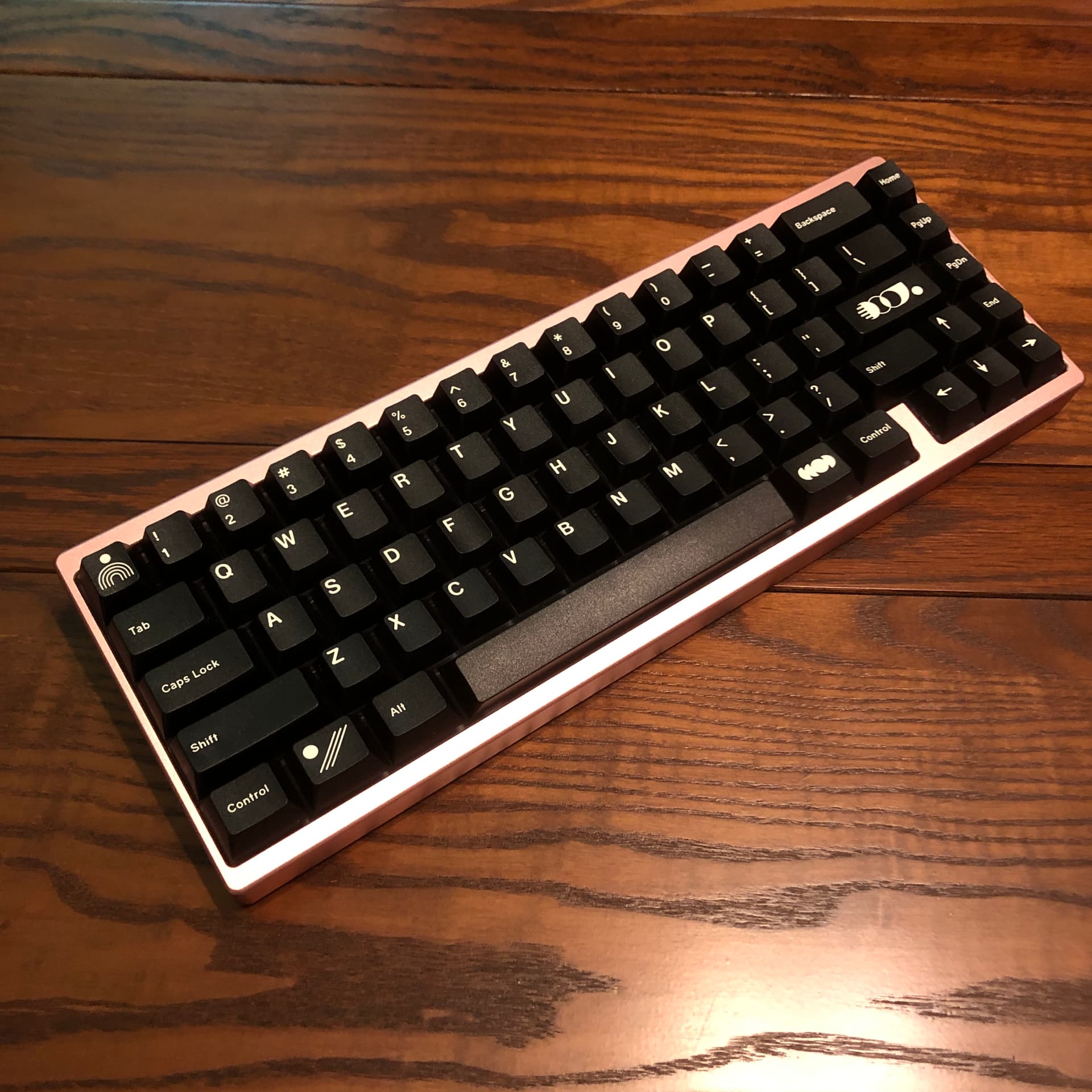
Representing the other end of the “entry level” price scale, and probably my personal favorite keyboard, the Portico68 Black Label by The Key Company, seen here in pink, topped with GMK Noire. (No, I never figured out why they named a 67-key board “…68”)
This is a sort of up-scaled swan-song of the original Portico 65% – just one little run of these has happened so far, but I think this could be a staple keyboard. It has at least one foot in the door of high-end, with a full machined aluminum chassis, flex-cut polycarbonate plate, dense dampening foam, and of course gasket mounting. Everything has that nowadays, though – I actually love this because it’s straightforward, aesthetically beautiful, and it feels fantastic while making delicious sounds. If you’d like to know more about this one, I have a full review here on the site.
Even so, not all my favorite keebs are precision-machined, ASMR-ready desk jewelry, and my personal sweet-spot has settled around the higher-end of the “entry” realm of things, which I’ve been calling the “middle market”. It includes things like the Bakeneko family, plenty of Keychrons, KBD67 or Tiger Lite, Portico, Ikki68 Aurora, etc. – with these options you can get some really nice typing experiences and the occasional great sound, and save on the luxury materials.
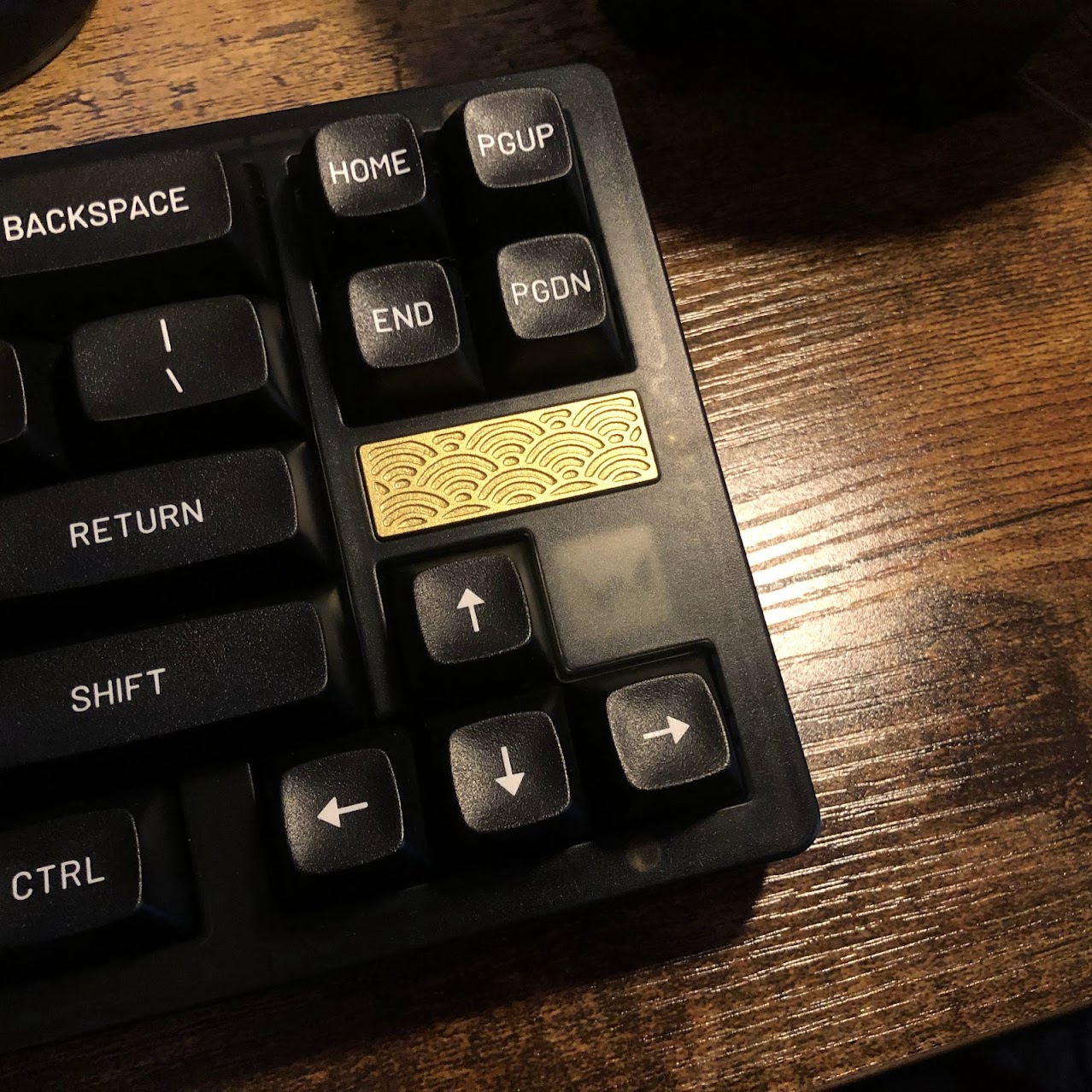
Ikki68 Aurora – for when you still want a splash of luxury with your “entry” keyboard.
This is great not just for folks on a tight budget who care about having a nice keyboard, but also great for keyboard nerds like myself who are interested in exploring a wide range of materials, mounting styles, layouts, key shapes, switches, etc. I enjoy being able to flip the keeb-channel on a whim, and those middle-market boards really facilitate that without having to sacrifice too much in terms of typing quality. I also personally really enjoy collecting related-but-distinct things – add on top of that an innate desire to help people find the right [ thing ] for their use-case, and I was pretty much if pleasantly doomed when I found customizable keyboards.
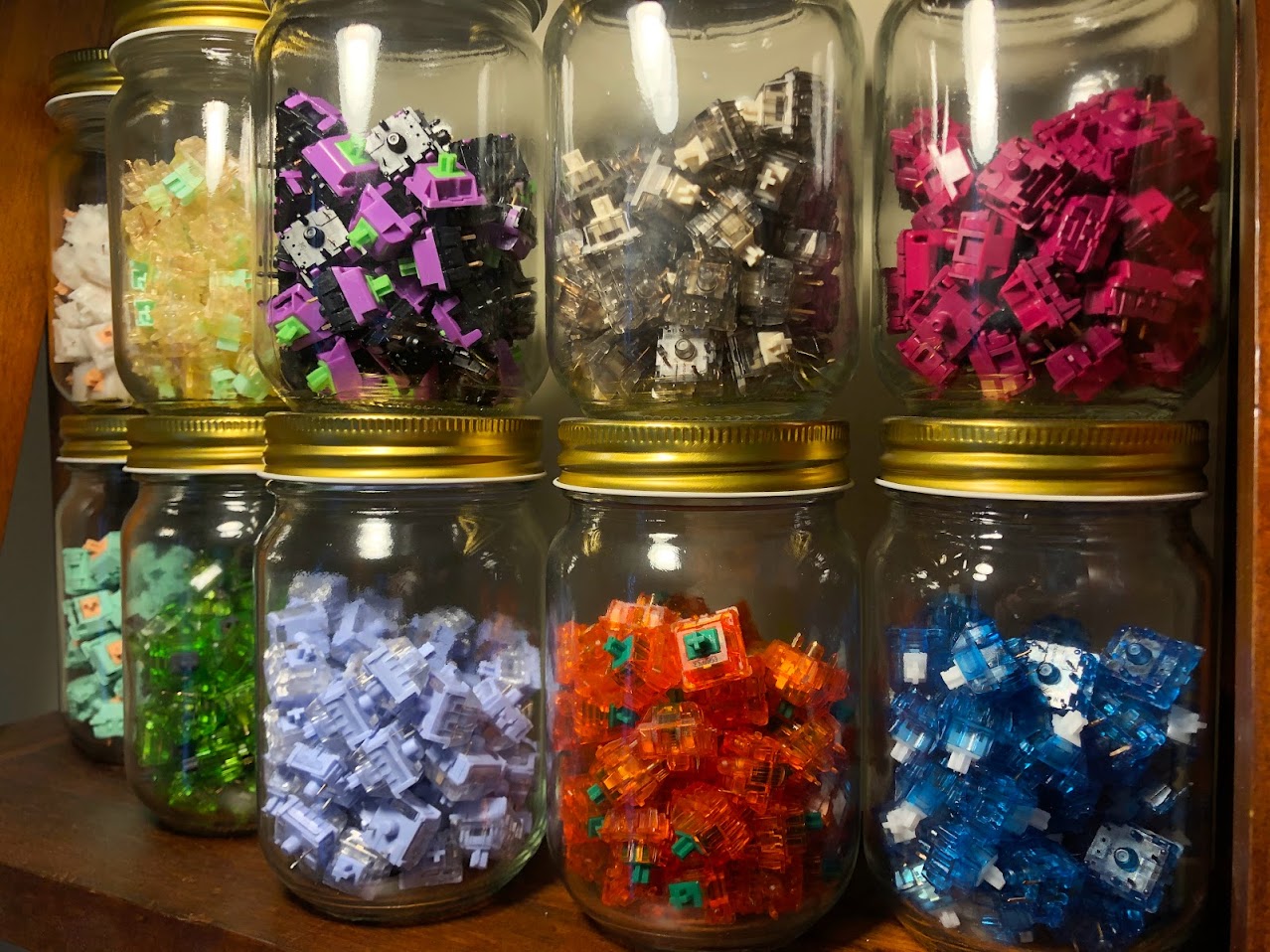
We’re not even going to talk about switches. Yet.
All of this is why, at least for me, a collection of various “entry” boards is more attractive than a single premium one – I’m more interested in the medium of keyboards and what makes them excellent than I am any particular excellent keyboard. While I’m sure this doesn’t represent most keyboard buyers out there, I’d bet it could describe enough of them to provide a satisfactory answer for today’s instigating query.
Well – that’s about all the fluff I can possibly add to the topic for now.
Thanks for stopping-by, enjoy the remainder of your wake-cycle, and keep on keebin’ on.
